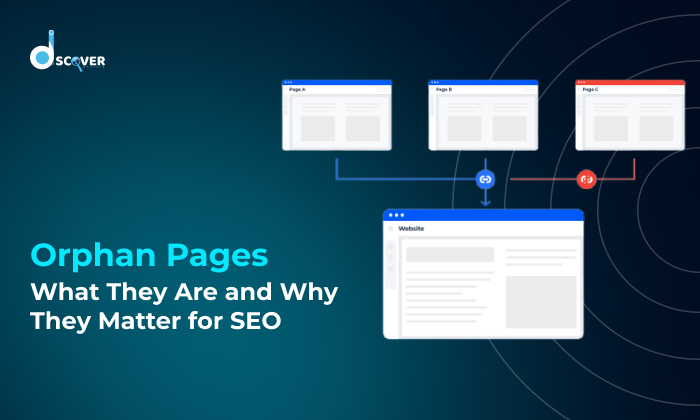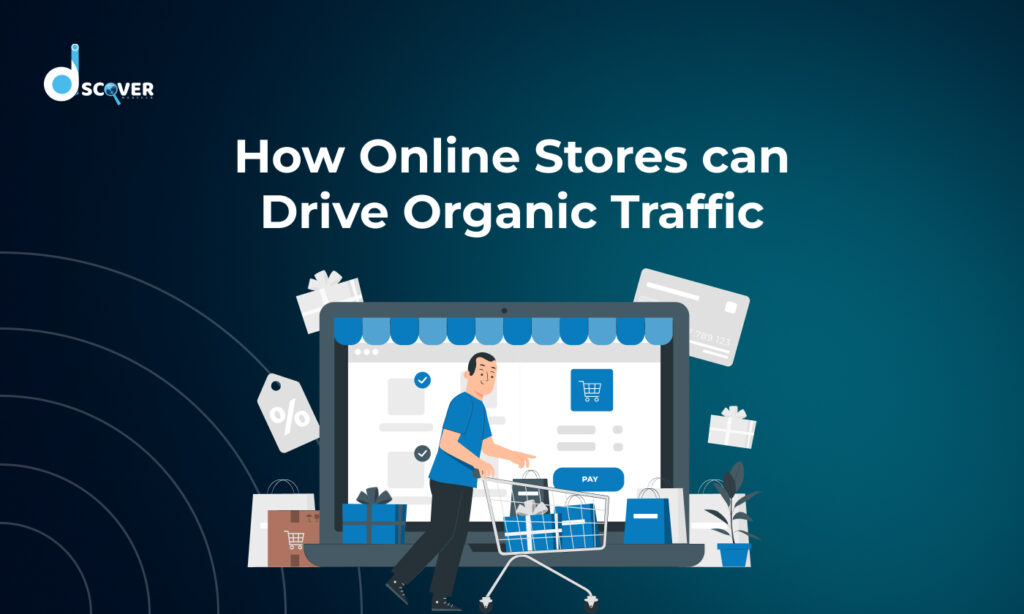
Did you know that a single orphan page can sabotage your website’s SEO performance? It’s one of the most overlooked issues in website optimization, yet it can have a significant impact on your rankings and user experience.
In this blog, we’ll break down what orphan pages are, why they matter for SEO, and how you can identify and fix them to improve your website’s overall health.
What Are Orphan Pages?
Orphan pages are web pages on your site that lack internal links pointing to them. Essentially, these pages are disconnected from your site’s architecture, making it difficult for both users and search engines to find them.
Characteristics of Orphan Pages:
- Not accessible through your site’s main navigation or other internal links.
- Rarely, if ever, discovered by users organically.
- Typically left out of the site’s internal linking structure due to oversight.
Examples of Orphan Pages:
- Landing pages created for specific campaigns.
- Older blog posts or pages are forgotten over time.
- Media or PDF files are uploaded but not linked anywhere on the site.
Why Do Orphan Pages Exist?
Several factors contribute to the existence of orphan pages. Here are the most common causes:
- Poor Site Maintenance: Over time, websites grow and evolve, and pages may become disconnected from the main structure.
- Website Redesign or Migration Errors: During redesigns or migrations, internal links may be lost, creating orphan pages.
- Creation of New Pages Without Linking: Sometimes, new content is added but not linked back to the main navigation or other pages.
- Deleted Internal Links: When links pointing to a page are removed without consideration, it leaves the page orphaned.
How Do Orphan Pages Impact SEO?
Orphan pages may seem harmless, but they can significantly impact your website’s performance and SEO in the following ways:
1. Crawlability Issues
Search engines rely on internal links to crawl and index pages. Orphan pages are often skipped during crawls because search engine bots can’t find them easily.
2. Loss of Link Equity
Internal linking helps distribute link equity (ranking power) across your site. Orphan pages don’t receive this equity, reducing their ability to rank in search results.
3. Poor User Experience
Orphan pages create a fragmented user experience. Visitors can’t navigate to these pages naturally, which lowers engagement and increases bounce rates.
4. Duplicate Content Problems
Orphan pages are often forgotten, leading to outdated or duplicate content that negatively affects your SEO rankings.
How to Identify Orphan Pages on Your Website
Identifying orphan pages is the first step toward resolving the issue. Here’s how you can do it:
1. Use SEO Tools
- Google Analytics: Check the Behavior Flow or Landing Pages report to spot pages with little to no traffic.
- Screaming Frog or Sitebulb: Use these tools to crawl your site and identify pages not linked internally.
- SEMrush or Ahrefs: Perform a site audit to find pages that are indexed but not linked.
2. Compare Sitemap and Crawled Pages
Export your XML sitemap and compare it against the URLs discovered during a crawl. Pages in your sitemap but missing from the crawl may be orphan pages.
3. Analyze Traffic Patterns
Review your analytics data to find pages that haven’t received any visits in a while. These could be orphaned.
Why Fixing Orphan Pages Should Be a Priority
Fixing orphan pages brings several benefits to your site, both for SEO and user experience:
- Improved Crawlability and Indexing: Search engines can discover and index these pages, improving their visibility in search results.
- Enhanced Internal Linking Strategy: By linking orphan pages, you ensure a more cohesive and logical site structure.
- Content Utilization: Orphan pages often contain valuable content that’s underutilized. Reconnecting them to your site boosts their performance.
- SEO Boost: Addressing orphan pages strengthens your site’s overall authority and ranking potential.
How to Fix Orphan Pages Effectively
Once you’ve identified orphan pages, it’s time to integrate them into your site structure. Here’s how:
1. Internal Linking
- Identify relevant pages on your site and add links to the orphan pages.
- Include these links in navigation menus, related posts, or the footer.
2. Update Your XML Sitemap
Ensure all orphan pages are included in your sitemap so search engines can crawl and index them.
3. Redirect Irrelevant Pages
If an orphan page no longer serves a purpose, redirect it to a relevant, active page using a 301 redirect.
4. Content Audit
Consolidate outdated or redundant content from orphan pages into other pages to avoid duplication.
Preventing Orphan Pages in the Future
To avoid orphan pages, adopt these best practices:
- Create a Workflow for New Content Ensure all new pages are internally linked to at least one or two relevant pages.
- Conduct Regular Site Audits Use SEO tools to perform regular checks for orphan pages and other technical issues.
- Leverage Automated Tools Utilize automation tools that monitor internal linking and notify you of any gaps in the structure.
- Maintain an Updated Content Strategy Ensure every piece of content on your site has a defined purpose and is integrated into your linking strategy.
Conclusion
Orphan pages may not always be visible, but their impact on your website’s SEO and user experience is undeniable. By understanding what orphan pages are, identifying them using SEO tools, and integrating them into your site structure, you can eliminate this hidden threat and strengthen your website’s performance.Take action today: audit your site, fix those orphan pages, and ensure every page has a purpose in your content strategy. A well-structured website benefits both users and search engines, paving the way for better rankings and engagement.
Take action today and partner with Discover WebTech to eliminate orphan pages and elevate your website’s rankings and engagement
FAQs
Do orphaned pages affect SEO?
Yes, orphaned pages can significantly impact your website’s SEO. These pages lack internal links, making them invisible to search engines during crawls. As a result, they often go unindexed, missing out on ranking opportunities. Orphaned pages also don’t receive link equity, which weakens their ability to rank in search results.
How to Check Orphaned Pages?
To identify orphaned pages, follow these steps:
- Use SEO Tools:
- Google Analytics: Check the Behavior Flow or Landing Pages report to find pages with little to no traffic.
- Crawling Tools: Use tools like Screaming Frog, Sitebulb, or SEMrush to crawl your website and spot pages not linked internally.
- Compare Sitemap and Crawled Pages: Export your XML sitemap and compare it with the URLs discovered during a site crawl. Pages listed in the sitemap but missing in the crawl are likely orphaned.
- Analyze Traffic Data: Review your analytics for pages that haven’t received visits recently. These could indicate orphaned pages.
By leveraging these methods, you can efficiently spot and address orphaned pages, improving both SEO and user experience.
How do I fix orphan pages on my website?
To fix orphan pages, add internal links from relevant pages to ensure they are accessible. Include them in your XML sitemap for better crawlability. If a page is outdated, consider consolidating its content or setting up a 301 redirect. Regular site audits can help prevent orphan pages from recurring.
Do orphan pages affect website crawlability and indexing?
Yes, orphan pages hinder crawlability and indexing because they lack internal links, making them hard for search engines to discover. This results in these pages being missed during crawls and not indexed, lowering their SEO potential.


